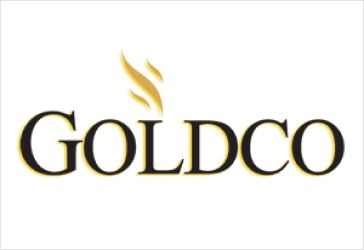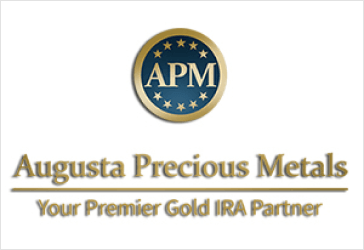Some investors find gold to be an attractive retirement investment. As an additional source of diversification, gold is viewed (perhaps incorrectly) as a hedge against volatility.
While you can invest in gold through stocks or funds in a normal retirement account, you cannot invest in the physical asset. Gold individual retirement accounts, also called gold IRAs, can be used for this purpose, though they do come with their own rules and fees.
Gold IRAs: What Are They?
Individual retirement accounts (IRAs) that allow the ownership of gold bullion are known as gold IRAs. Gold cannot be owned physically in an IRA, but you can invest in gold-related stocks or exchange-traded funds (ETFs) that have exposure to gold.
Self-directed IRAs allow you to invest in alternative assets such as real estate, precious metals, and cryptocurrencies. When it comes to tax benefits, contribution limits and withdrawal rules, gold IRAs follow the same general rules as conventional IRAs. Self-directed gold IRAs, however, have additional tax reporting and record keeping requirements due to the more complicated assets they hold.
Your Gold IRA is managed by a custodian
Gold IRAs are not offered by large, conventional brokerage firms. To administer gold IRAs, you should work with a custodian who specializes in this area. To meet IRS requirements for retirement planning, custodians help you manage your gold transactions and tax reporting.
More importantly, they manage the unique storage requirements associated with physical gold bullion. A gold IRA cannot be used to store precious metals at home. The IRS counts your personal control of physical gold from a self-directed IRA as a withdrawal, subjecting you to taxation and early withdrawal penalties, and in some cases shutting your account down.
The IRS requires you to store eligible precious metal with a national depository, a bank or a third-party trustee. During the setup of your gold IRA, your custodian can refer you to an approved facility and handle the gold transfer.
How to Buy Precious Metal for Your Gold IRA
You can fund your self-directed gold IRA with cash once you've opened one. If you already have a retirement account, you can roll it over to your self-directed IRA. The funds will remain within a qualified retirement plan, so you won't have to pay taxes on the move.
If you follow the annual IRA contribution limits, you could also deposit cash each year. You can then purchase gold for your gold IRA with the money in your account.
Can a Gold IRA contain any form of gold?
Gold IRAs are restricted by the IRS in terms of the type of gold you can own. Gold bars can only be purchased if they are at least 99.5% pure. Your gold IRA also allows you to purchase gold coins, including American Gold Eagles, American Buffaloes, Canadian Maple Leafs, and Australian Gold Nuggets/Kangaroos.
Gold IRAs Do Not Allow Certain Collectible Coins
In a gold IRA, popular gold coins like the South African Krugerrand or the United Kingdom Sovereign cannot be held. Additionally, an IRA cannot be used to invest in gold collectibles. When moving gold into your IRA, be sure to review your custodian's permitted list of gold objects.
An improper transaction will be disallowed by the IRS and counted as a withdrawal, so if you're younger than 59 12, you'll owe income tax on the item's value and an early withdrawal penalty of 10%.
Extra costs are associated with gold IRAs
You will have to pay additional custodian fees for a gold IRA:
- Account setup fees. Custodians may charge you an upfront fee, typically between $50 and a few hundred dollars. There are, however, custodians that do not charge setup fees, especially if you deposit more than $30,000.
- Custodian annual maintenance fee. To cover the administrative costs of overseeing your account and handling the paperwork, your custodian typically charges an annual maintenance fee. The fee could range from $75 to $300 per year. Moreover, some companies charge more for larger accounts, such as $175 if you have less than $100,000 and $225 if you have more than $100,000.
- Seller fees. If you buy physical gold for your IRA, the seller might charge a markup, which means you'd pay more than the spot market price. Depending on the market conditions and the type of physical gold you want to buy, you will have to pay a fee. Fees and commissions may also be charged by the seller for handling the transaction: the standard amount is $40 per transaction.
- Storage fees. It is necessary to store gold owned in a gold IRA in a secure location. Gold storage fees increase as you own more gold. Your account value may be based on a flat rate or a percentage.
- Insurance fees. Storage fees and gold insurance charges can be bundled together by custodians, charged as a flat rate, or charged separately. The cost of storing and insuring gold varies depending on how much you own.
- Wire transfer fees. For wire transfers for your transactions, your custodian may charge you a fee of about $25 to cover the cost.
- Cash-out fees. You may also be charged a $250 final cash-out fee if you close your account.
You may be able to waive some of these fees if you're a new customer, especially if your account balance is high. It is still possible to incur additional charges if you hold your money in a standard IRA, even with a larger account.



